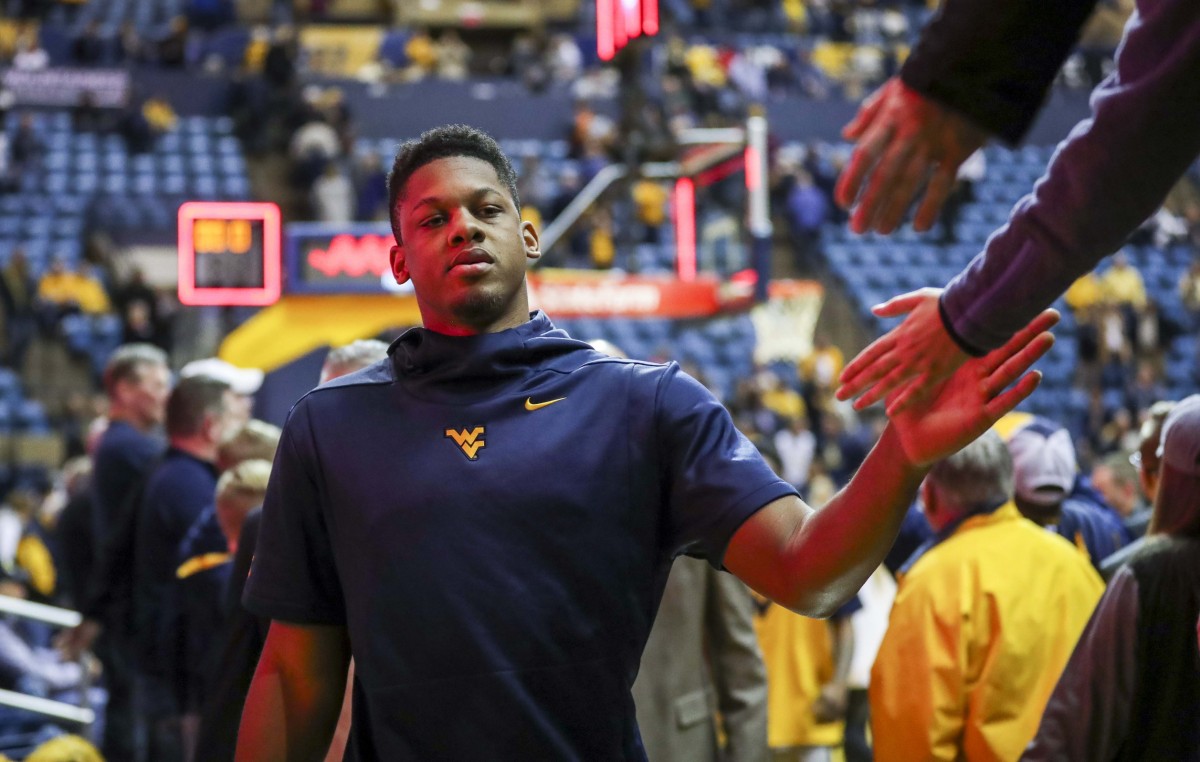MORGANTOWN — Before the NBA and the National Basketball Players Association begin debating what is right and wrong for the future of the NBA draft, they need to simply ask themselves one question:
What will they do when the national narrative changes yet again?
Beginning in 2022, it is expected the NBA will once again allow 18-year olds to submit their names, effectively ending the one-and-done rule in college basketball.
Whether or not this is right or wrong can be debated until the New York Knicks make the playoffs again, but that debate is missing the larger point.
The issue at hand is how national viewpoints have changed on whether or not college basketball was a viable option for Zion Williamson and it is argued by the talking heads at ESPN that he only put his pro career at risk by spending a season at Duke.
The bigger risk is no longer entering the draft at 18 — forfeiting college eligibility in the process — and not getting picked and forced to live out life as merely a footnote.
We now see college basketball as the bigger risk. Outside of a scholarship, a rent check and some pizza money, there’s no payday.
And if Williamson had damaged his body more severely the moment his foot exploded through his shoe while playing against North Carolina this season, be sure that the one-and-done rule would have had hell to pay.
It’s that viewpoint that likely weighed heavily on NBA commissioner Adam Silver’s mind when he flip-flopped from at one time considering moving the draft age up to 20 to now going back to 18.
And in the drafts that follow 2022, we will flip-flop, too, which brings up the problem the NBA will face again when they change the rule.
You’ve probably never heard of Korleone Young or DeAngelo Collins or Lenny Cooke or Leon Smith.
And if you have, you quickly forgot about them. They are footnotes now.
In truth, they are a little more than that. They are the reason the one-and-done rule was established in the first place in 2004.
They were supposed to be the next Kevin Garnett or Kobe Bryant. That’s what friends and agents filled their minds with anyway.
They passed up chances to play for Duke and Kansas for the riches of the NBA, only they went undrafted or were picked in the second round and quickly released.
The national narrative then was we had to protect these youngsters from bad choices. We had to protect them from themselves and the NBA followed suit with the one-and-done rule.
But then along came a wave of superstar one-and-dones named Kevin Durant, John Wall, Karl-Anthony Towns, DeMarcus Cousins, Kyrie Irving, Anthony Davis and Williamson and the narrative changed to individual rights and risk of injury.
How long do you think that will remain the narrative once a wave of high-schoolers begin declaring for the draft and don’t get picked?
The NBA is right back in the same spotlight as it was in the 1990s in what appears to be a never-ending cycle of doing it one way for a few years and then changing your mind and doing it another way.
And that’s what has to stop. Pick a side NBA and stick to it, but this will probably never happen.
The NCAA is no innocent bystander in all of this, either, and it also has a history of tinkering with its draft eligibility deadlines more than Oregon tinkers with its football uniforms.
The NCAA’s rule changes on how and when college underclassmen can declare for the draft have been an outright joke.
Since 2008 — the year West Virginia’s Joe Alexander declared as a junior — the NCAA has changed the rules for underclassmen declaring and preserving their eligibility seven times. That’s just in the past 11 years and college coaches across the country want to thank you for that, by the way.
First, underclassmen had until 10 days before the draft to make a final decision. Then the cutoff was moved up to May, then April, then back to May.
Then, they allowed underclassmen to participate in the NBA Combine and gave them 10 days after the combine to make a decision.
West Virginia forward Sagaba Konate has tested the draft waters the past two years and each year has presented him with different rules.
This year, Konate could actually sign with an agent, go through the entire draft, and then come back to school in June if he were to go undrafted.
At some point, though, the NBA has to come to terms with the fact that it can’t save everybody and it can’t make everyone happy.
Whether the age limit is 18, 19 or 20 is more than just numbers. It is a process the NBA has to stick to, despite what the national trends might say.




